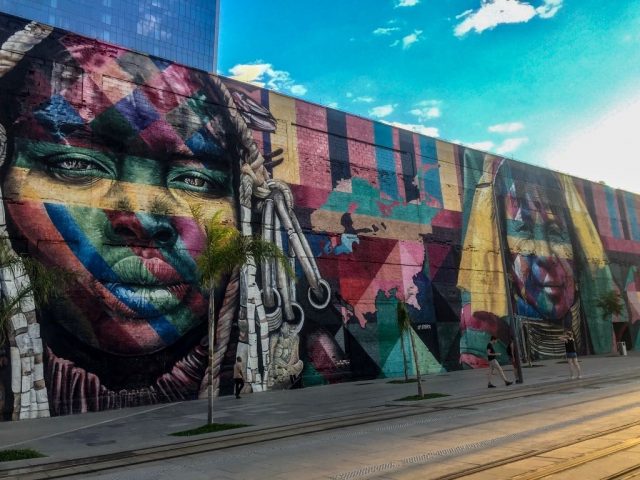 Sarah Brown
Sarah Brown
Though most famous for Carnival, golden beaches, and world-famous landmarks, the real heart of Rio de Janeiro, for those in the know, lies in its downtown, most notably in Saúde, Gamboa, and the surrounding neighbourhoods hard by the port. For it’s this area that’s steeped in a complex history that dates back half a millennium to the Portuguese colonisers’ founding of Rio and the centuries of brutal slavery which followed.
A good place to start is Praça Mauá, a once rundown square that was revitalised in 2009 and transformed into a spacious, Parisian-style public space bookended by Guanabara Bay to one side and by two well-known attractions to the other - the newish Museu do Amanhã (Museum of Tomorrow), famed for its futuristic, swooping architecture (courtesy of Spain's own Santiago Calatrava) and groundbreaking exploration of our planet’s future, and the Museum of Art (MAR) with impressive collections of Brazilian and international masterpieces from colonial times to the present day. The port area is peaceful today, but when Brazil finally abolished slavery in 1888, thousands of freed slaves clustered together there, with nowhere to go and nothing to do. Locals dubbed it “Little Africa”, which in the coming years grew into the nucleus of the country’s oldest Afro-Brazilian community.
Replies